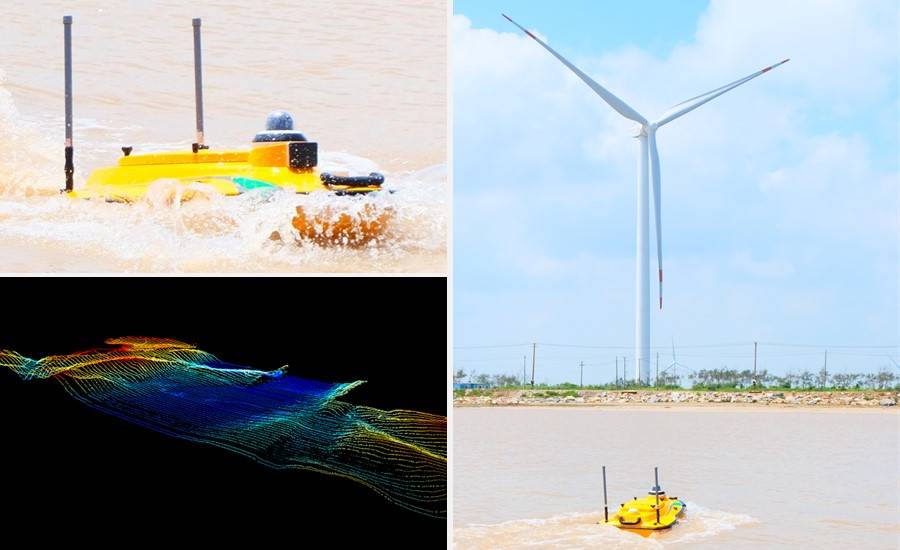Bathymetric LiDAR offers several advantages for underwater mapping, including speed, reliability, accuracy, and safety, enabling detailed and precise mapping of nearshore waters, beaches, and coastal structures. Compared to traditional methods like sonar, it can provide more comprehensive maps of both water and land, reaching depths up to three times greater than visible water depth. The use of green light allows for deeper penetration into the water and reduces inaccuracies caused by suspended particles, making it a sustainable and safer option that eliminates the need for costly survey vessels or human entry into the water. However, challenges remain, as the effectiveness of bathymetric LiDAR can be affected by factors such as water transparency, turbidity, bottom reflection, and the strength of the laser pulse, necessitating tailored solutions for different projects.





